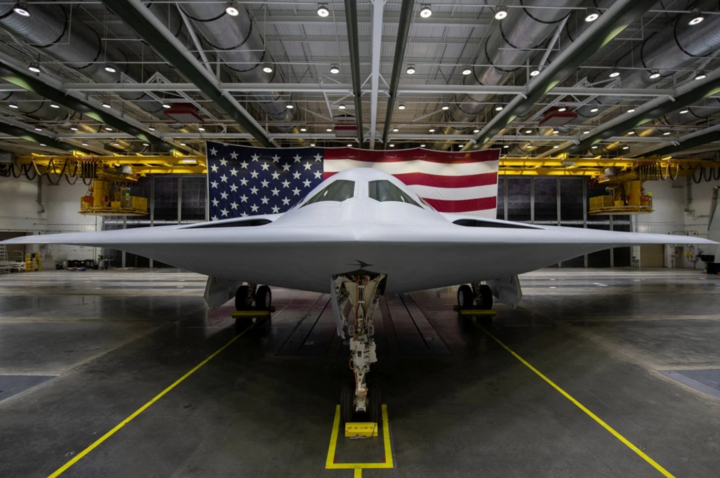As the race to develop stealth aircraft between China and the US heats up, a Chinese research team has simulated a mock war between the two powers to find a way to win if a real air battle were to occur in the future.
The results showed that, with a combination of advanced heavy weapons and new tactics, China could detect its opponents first and successfully shoot them down.
Specifically, in a war-themed computer game, a stealth bomber platform similar to the US B-21 Raider and its accompanying unmanned aerial vehicle (UAV) are both shot down by Chinese air-to-air missiles, which can reach a maximum speed of Mach 6.
The results, led by a research team led by associate professor Chen Jun at Northwestern Polytechnical University in Xi'an, were published in a report in the Chinese aviation journal Acta Aeronautica et Astronautica Sinica last month.
The report added that if the US launched a counterattack, the tug-of-war for air supremacy between the world’s two most powerful nations would be so fierce that “it would take hours for the smoke to settle.”

Chinese researchers are looking for ways to overpower America's new B-21 Raider stealth bomber. (Photo: US Air Force)
After months of delays, the US Air Force's B-21 Raider stealth bomber, developed by Northrop Grumman, made its first flight on November 10.
The B-21 Raider is extremely expensive at nearly 700 million USD each. It is 20m long, 5m high, has a wingspan of 50m, a maximum take-off weight of 170 tons, a cruise speed of 750km/h, a maximum speed of 999km/h, and a ceiling of 15,000m.
Although slightly slower than the speed of sound, the B-21 Raider is virtually invisible to all radar systems thanks to its distinctive shape and advanced polymer coating on the aircraft's skin.
The B-21 Raider is expected to play the "backbone" role in the future strategic bomber force of the US Air Force.
China has established robust anti-access/area denial capabilities, including a large radar network and supersonic anti-ship missiles, to deter foreign interference in the South China Sea region.
However, the B-21 Raider is said to have a radar signature as small as a mosquito. This is considered a serious threat to China's air defense forces, which rely heavily on radar warning systems on land, sea, and air.
In a conflict, it could penetrate deep behind enemy lines and drop large numbers of missiles or bombs on the coast, crippling the Chinese military's core defense infrastructure.
In the team’s simulation, the researchers also demonstrated some of China’s emerging capabilities. For example, as it approached a virtual conflict zone, a Chinese stealth aircraft turned off its radar and maintained radio silence, but it still surveyed its surroundings using advanced technologies that could pick up electrical or thermal signals from distant targets.
Hua Yu (Source: SCMP)
Source




































































































Comment (0)